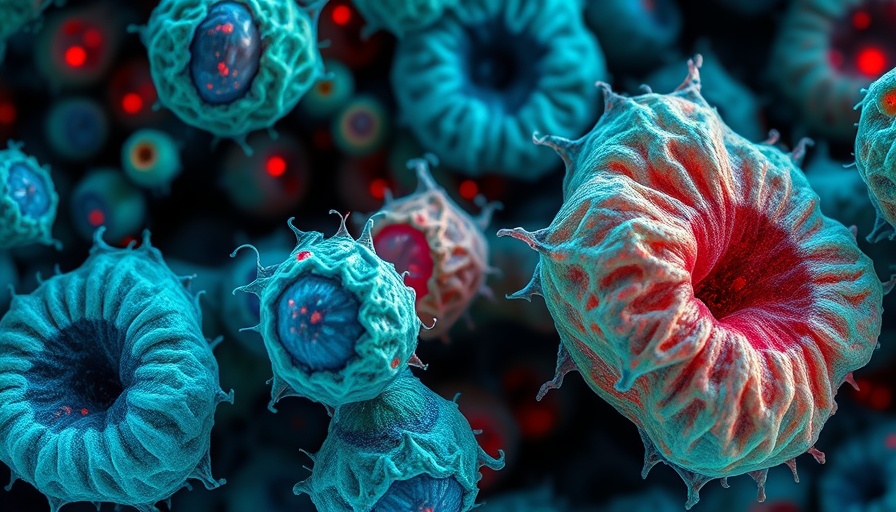
Unraveling the Mystery: Hantavirus and its Health Impacts
In a groundbreaking study, researchers have utilized mini-organ models to illuminate long-standing mysteries surrounding hantavirus, a formidable pathogen responsible for severe respiratory illnesses. These innovative models allow scientists to mimic human responses to the virus more accurately than traditional methods. By investigating how hantavirus infects human cells, researchers can identify potential treatments and preventative measures. This critical advancement in our understanding paves the way for new therapeutic strategies aimed at combating this previously enigmatic virus.
The Science Behind Mini-Organ Models
Mini-organ models, or organoids, are 3D cellular structures derived from stem cells that replicate specific organs' function. Their use marks a significant leap in biomedical research, particularly for studying infectious diseases like hantavirus. Unlike animal models, which can involve inefficiencies and ethical concerns, organoids allow scientists to test drug responses directly in a human-like environment, yielding results that are more relevant and reliable. By creating lung organoids that mimic human tissue, researchers observed how the hantavirus initiates infection and evades immune responses, revealing critical insights.
Why Hantavirus Research Matters
Understanding hantavirus is not just a scientific pursuit; it has real-world implications. Hantavirus pulmonary syndrome (HPS) can lead to life-threatening conditions, primarily transmitted through contact with infected rodents or their droppings. With cases sporadically reported in the United States, alongside activities such as hiking and outdoor recreation increasingly exposing people to wildlife, this research could not be more timely. Learning how to effectively combat the virus, especially in public health contexts, can save lives and prevent outbreaks.
Future Predictions: A Path Towards Treatment
The insights gained from these mini-organ models suggest a future where treatments for hantavirus could emerge from targeted research. Scientists aim to explore antiviral compounds that can inhibit the virus's ability to infect lung tissues. By following this research trajectory, we may soon witness breakthroughs in effective medications that can reduce the severity of hantavirus infections, much like we have seen with other viral pathogens, such as COVID-19. The lessons learned from one virus can often provide pathways to tackle others, creating a ripple effect of innovation in viral research.
Common Misconceptions About Hantavirus
Many people are unaware of hantavirus's risks, often viewing it as a distant threat. This lack of awareness can lead to underestimating the necessary precautions during outdoor activities. Understanding that hantavirus is indeed a significant health concern, especially in specific regions, urges the need for increased public education. A proactive approach to informing outdoor enthusiasts about safe practices—like wearing gloves when cleaning or avoiding rodent habitats—can play a crucial role in reducing transmission risks.
The Emotional Angle: Human Stories of Hantavirus
The emotional stories of those affected by hantavirus can be as powerful as the scientific findings. Survivors often recount harrowing experiences battling severe illness while families grapple with the unpredictability of the virus. Highlighting these narratives brings a human touch to the technical discussions surrounding hantavirus, serving as a powerful reminder of why research is essential. Each story underscores the urgency for effective treatments and preventative interventions.
Conclusion: What Can We Do Now?
The advancement of mini-organ models marks a promising frontier in hantavirus research, showcasing how innovation can facilitate disease understanding and treatment pathways. For those interested in supporting such critical work, consider following updates from scientific journals and health organizations. Awareness and education are key to fostering a community that understands the risks and can advocate for medical research and public health initiatives.
 Add Row
Add Row  Add
Add 




Write A Comment